Present-day O’Connell Street was first laid out as a fashionable residential district in 1749 when Luke Gardiner, property speculator and politician, created Gardiner’s Mall and Sackville Street, later widened and extended south to the river Liffey in the 1780s and 1790s.
Only one townhouse from this period survives intact on the street: No 42 O’Connell Street Upper. This nationally significant building was designed by architect Richard Castle with plasterwork reputed to be by the master stuccodore, Robert West. Other notable works by Castle include Leinster House and Russborough House in Co Wicklow.
Over the centuries the street has been transformed, not least by events of Easter 1916 and the fierce street battles of July 1922, which marked the beginning of the Irish Civil War. The monumental scale and quality of the architecture that rose in the wake of the destruction, combined with its intrinsic historic and cultural importance, have embedded O’Connell Street in the collective national psyche.
Francis Johnston’s General Post Office of 1814-1818 is one of the principal set pieces of the street. The GPO was extensively damaged during the 1916 Rising with significant reconstruction undertaken by the Office of Public Works in 1925-1932. The early 20th-century interior of the double-height postal hall is remarkably intact, with polished terrazzo flooring, rich timber cabinetry and a deeply coffered ceiling. The site where the Proclamation of the Irish Republic was read, and with evidence of scaring and bullet holes to the portico, the building is a monument to the struggle for Irish independence.
RM Block
The western side of the street is anchored by a number of significant post-1916 buildings to include the old Clery & Co department store (built 1918-1922) with its iconic clock by Stokes of Cork; the elegant Gresham Hotel (1925-1927) firmly seated under the watchful gaze of two reclining sphinx; and the Savoy Cinema (1925-1930), which still retains original steel windows on upper floors.
[ O’Connell Street: Can our premier street be restored to its former glory? ]
McDowell’s Jewellers at No 3 O’Connell Street Upper is a comparatively modest building that has gained iconic status due to the rare survival of its 1952 animated neon signage, The Happy Ring House, complete with a depiction of newlyweds below a tolling bell. The neon sign was fabricated by Gaelite and repaired by the same company in 2021, supported by Dublin City Council’s conservation section.
The striking mid-20th century former offices of CIÉ (now Dublin Bus headquarters) at No 59 O’Connell Street Upper is characterised by a concrete frame construction with large expanses of curtain glazing, with four stained-glass shields representing the provinces of Ireland. Built in the international style, the building was at the vanguard of modern design, appealing to progressive travellers in 1960s Ireland.
One of the special characteristics of the street is the array of monuments spanning the central median and commemorating major historical figures in Irish political and social history. They include monuments to Charles Stewart Parnell, Fr Theobald Mathew, John Gray, William Smith O’Brien and Daniel O’Connell.
One of the most emotive and striking is Oisín Kelly’s statue of Big Jim Larkin, appropriately located in the shadow of Clerys where, during the 1913 Lockout, the labour leader addressed a crowd from its balcony. Larkin is captured in full oration with arms outstretched to the workers. The cultural and historical significance of this monument is articulated by the words of the man himself, committed in Irish, English and French to the south face of the plinth upon which he stands: “The great appear great because we are on our knees. Let us rise!”
[ Once the ‘noblest street in Europe’: The changing fortunes of Dublin’s O’Connell Street ]
[ The man on the bridge: the photographer who captured life on Dublin’s O’Connell Street ]
Five features of O’Connell Street you may not have noticed
1 Four cast-iron bollards to the central meridian, just south of the O’Connell Street Upper Luas stop. The bollards, which were originally erected in about 1880 to the north of their present location, are highly decorative; they have pierced shafts thought to have served as air vents.
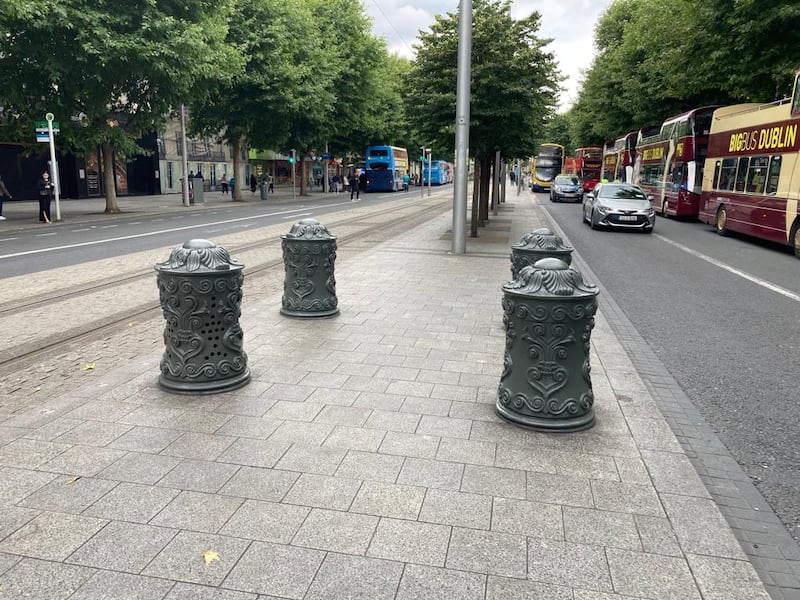
2 An original shopfront survives at No 13 O’Connell Street Upper (part of the Hammam Buildings) with surviving awning and leaded clerestory overlights as well as a late-20th century mosaic threshold that reads “Gilberts Travel”. While there, check out the fabulous bronze doors to the Hammam Buildings themselves.
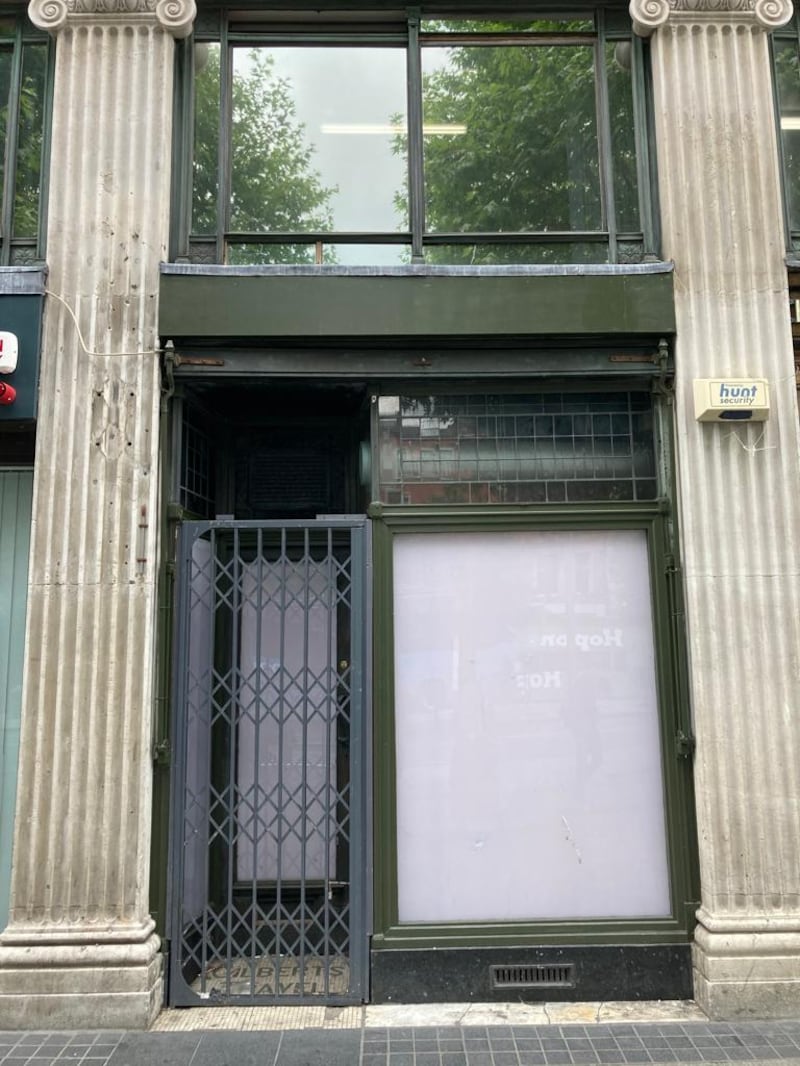
3 A mid-20th century wall-mounted display cabinet at No 33 O’Connell Street Upper, formerly displaying the wares of “R O’Connor Watchmaker & Jeweller”. A modest but rapidly disappearing feature from our high streets.
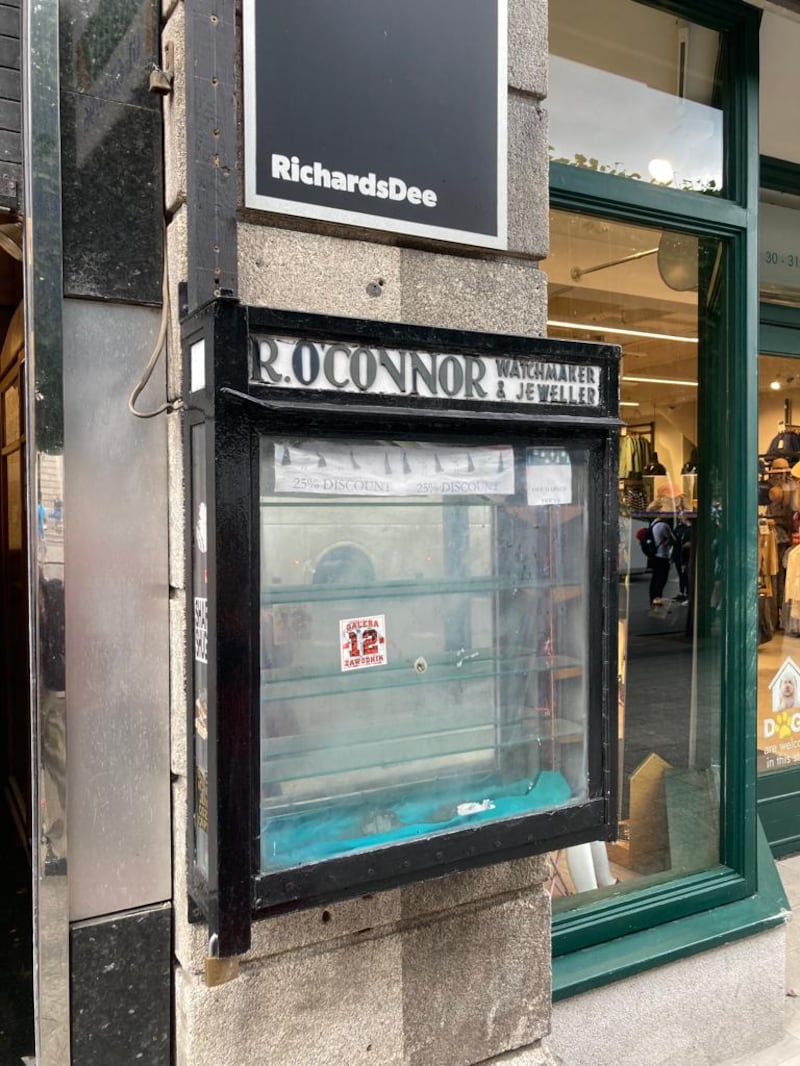
4 The recently conserved and reinstated steel windows at Manfield Chambers, Nos 43-44 O’Connell Street Lower. Works to refurbish the building have also exposed the original plasterwork ceiling at ground-floor level, which is now visible to view for the first time in years.
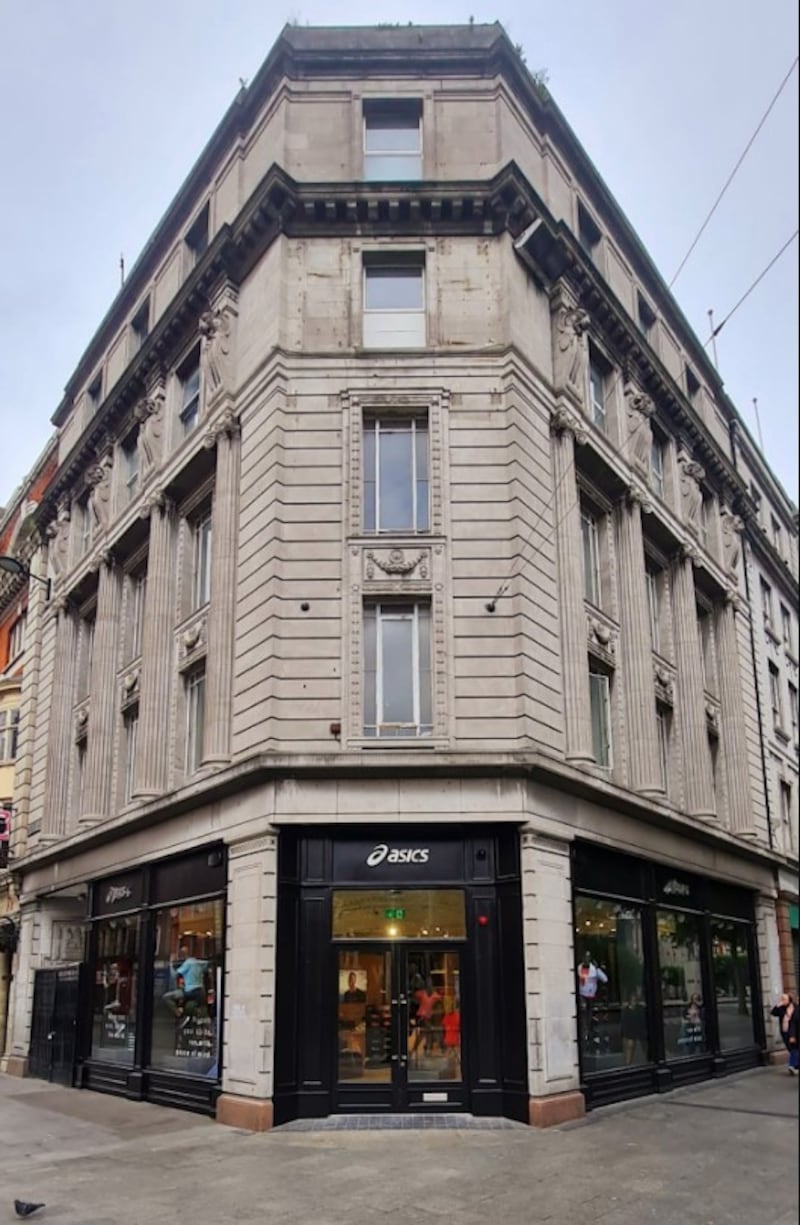
[ My manifesto for Dublin: Make public transport free and charge motorists to drive through the city ]
5 The taxi drivers’ shrine is now on Cathal Brugha Street but stood for years on O’Connell Street. The shrine, which is maintained by the taxi drivers, reads: “May god bless the taxi driver’s [sic] keep them safe and watch over them on there [sic] journeys.”
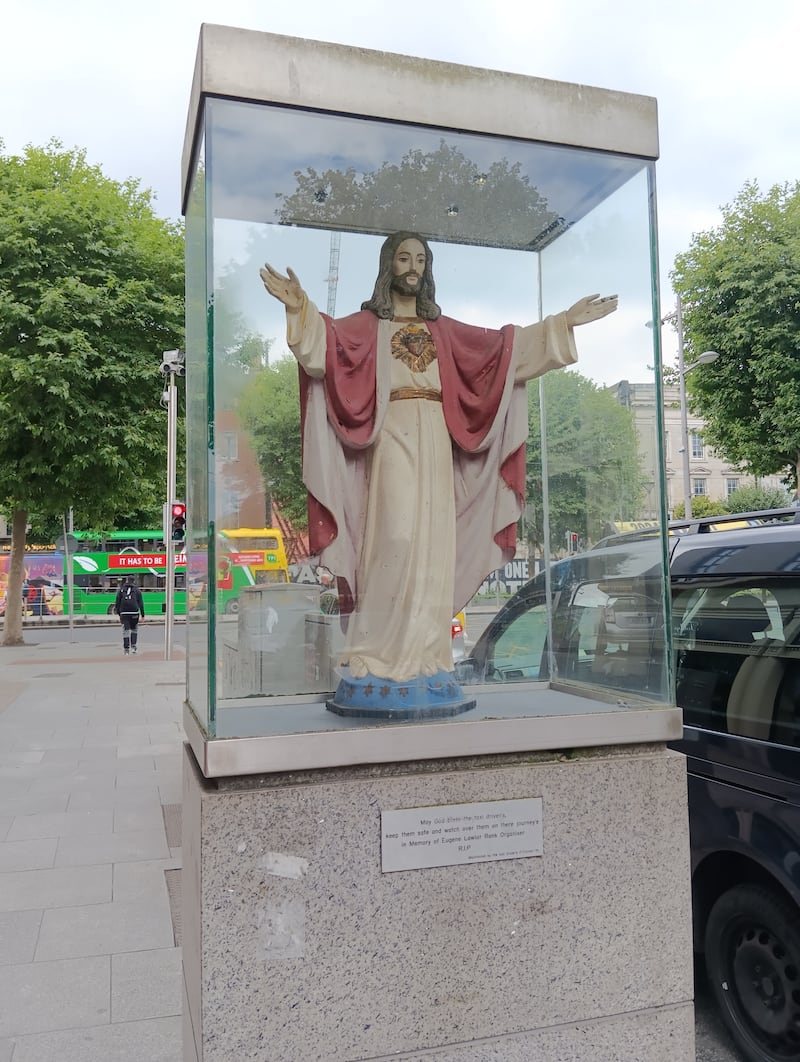
Sarah Jane Halpin & John Beattie are architectural conservation advisers for the National Inventory of Architectural Heritage, part of the Department of Housing, Local Government and Heritage


















